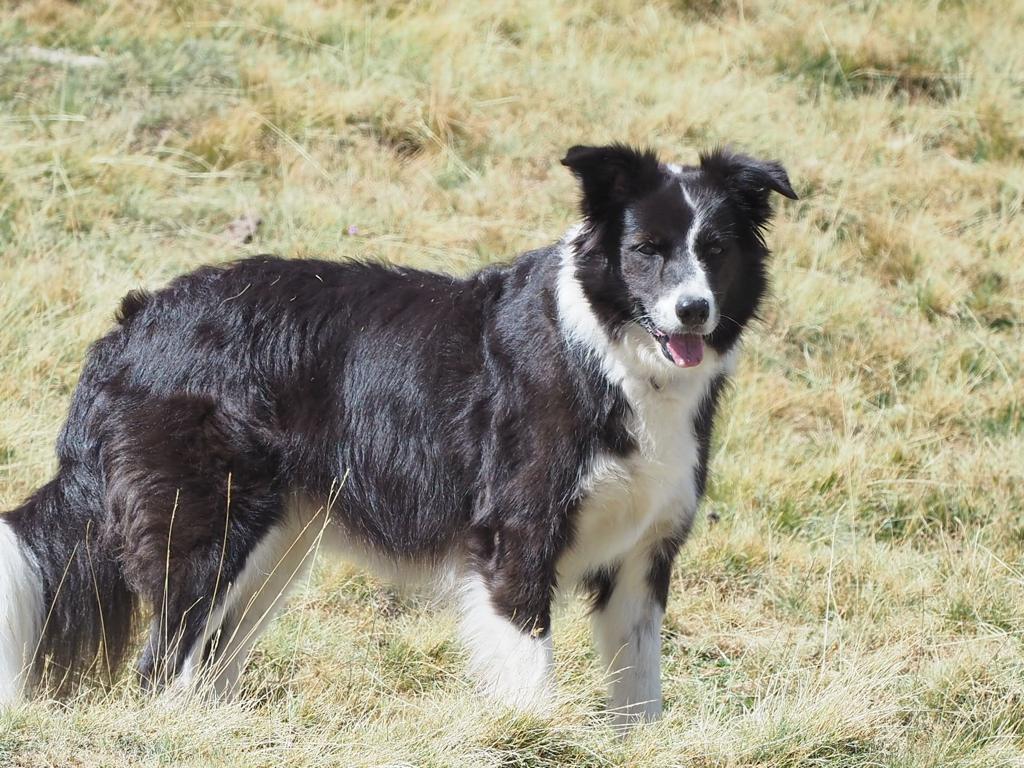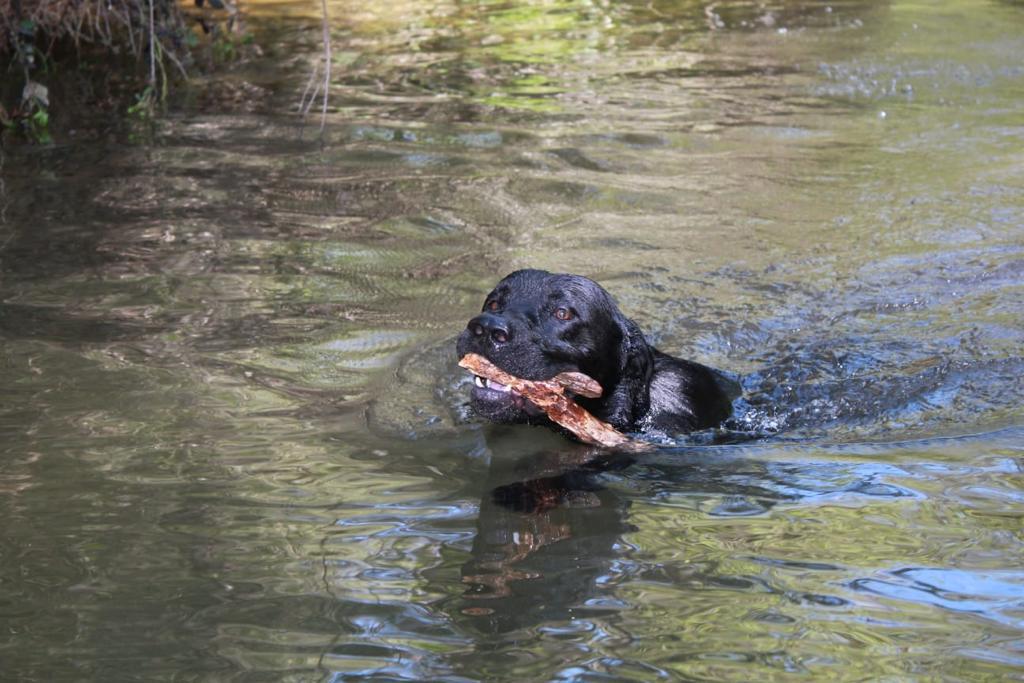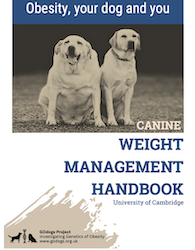In this section:
- Exercising your dog.
- Can exercise be a bad idea?
- Might your dog benefit from hydrotherapy?
- Also consider...
Exercising your dog
Exercise is a great way to keep your dog healthy and help with weight loss. But we’ve already said exercise alone is not enough to slim down overweight dogs, so why bother? Well...
- Exercise encourages the loss of fat over muscle.
- Exercise, particularly play, helps us bond with our dogs.
- Exercise and play distract from hunger.
You can increase dogs’ activity in two main ways—more time, and better quality. Consider the points below and develop a plan for how you can improve your dog’s exercise quality and quantity:
Can you give your dog more time out and about?
All dogs should get at least 30 minutes of exercise a day, but many breeds require more—working breeds should have 2 hours daily. We, humans, lead busy lives and may need to think creatively to ensure our dogs get enough active time.
Can you take them along on the school run? Perhaps by committing to longer dog walks several times a week, you can commit to improving your own fitness too.
Can you improve the intensity of your dog’s exercise?
Ball launchers or frisbees increase your dog’s mileage and the intensity of her exercise.
Could you arrange regular meet-ups with dogs that might encourage your couch potato to play?
Can your dog join a sporty family member on runs?
Would he follow you on a bike?
Can exercise be a bad idea?
Some health problems do limit the exercise dogs can do.
Arthritis or other orthopedic problems may make dogs painful during or after exercise.
- Talk to a vet about how to manage their pain and get them mobile again.
- Physiotherapy and hydrotherapy can help build strength and combined with weight loss can get dogs moving well again.
Breathing problems such as bronchitis, collapsing trachea or brachycephalic obstructive airway syndrome may improve with weight loss. But getting affected dogs to exercise safely can be hard. Take it steady and increase exercise gradually.
Heart, hormonal, and other health problems or just being severely overweight can also mean it’s important to start slowly with improving exercise.
In general, though, it is possible to increase the quality and quantity of exercise for most dogs, and it does them a lot of good.
Might your dog benefit from hydrotherapy?
Hydrotherapy is usually best viewed as a form of physiotherapy for dogs, and regular sessions can help build strength and mobility.
In tandem with physiotherapy and medical pain relief, it can really help dogs with orthopedic disease in particular.
It can be a useful addition to care for dogs who’ve gotten out of the habit of exercise having gained weight, and help them regain the spring in their step along with weight loss.
Your regular vet can arrange a referral to hydrotherapy or physiotherapy for you.
Also consider...
Does your dog spend most of the time on a lead?
Why? Lead exercise is only as good as the speed of the attached human—dogs walked on leads do much less mileage than when allowed to explore.
If you are worried about recall, consider some dog training classes.
If you are worried your dog will scavenge, consider using a basket muzzle so they can explore safely without being able to eat.
Could your dog spend more of the day outside?
Even just pottering around investigating smells is exercise and better than lounging inside on the sofa.
Consider getting a dog flap so your dog can use the garden if you are away from the house. Might your dog enjoy spending all day outside—with a cosy kennel for shelter? Even in cold weather, many dogs are very happy outside.
Can you keep your dog busy in the house?
We’ve talked about using puzzle feeding toys to give dogs an outlet for food-seeking behaviour. They’re also great at keeping dogs moving. Will your dog play with other toys?
Rotating toys can help keep their interest. Nylon chew bones have no calories but can keep dogs busy for hours.




